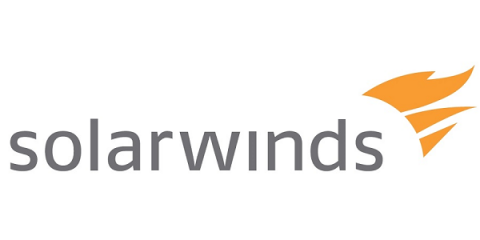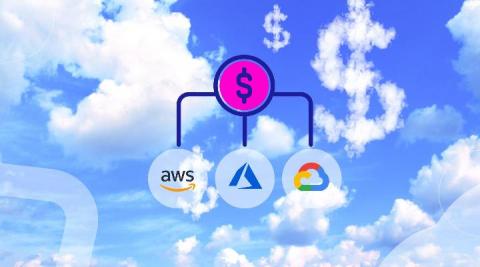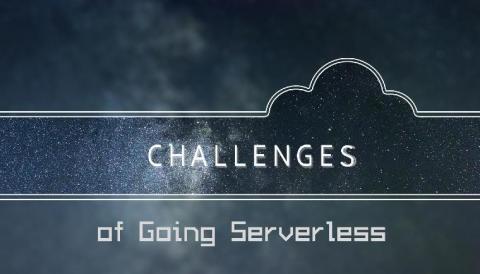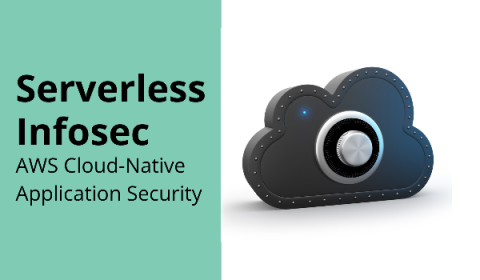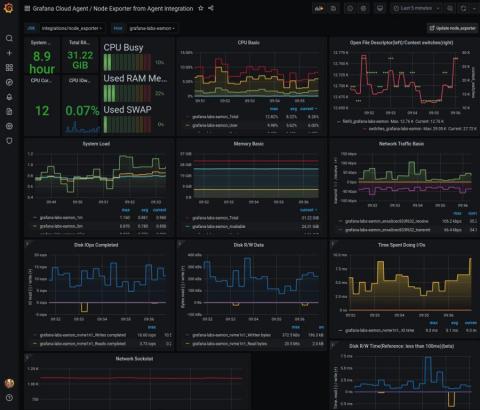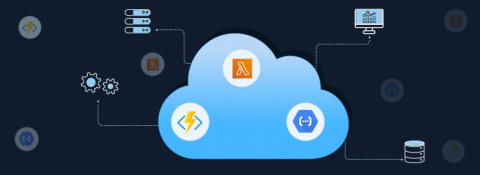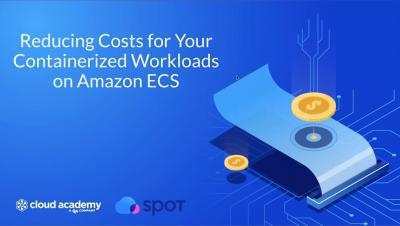What the Cloud Native Revolution Means for Log Management
This was originally posted on The New Stack. Once upon a time, log management was relatively straightforward. The volume, types, and structures of logs were simple and manageable. However, over the past few years, all of this simplicity has gone out the window. Thanks to the shift toward cloud native technologies—such as loosely coupled services, microservices architectures, and technologies like containers and Kubernetes—the log management strategies of the past no longer suffice.



